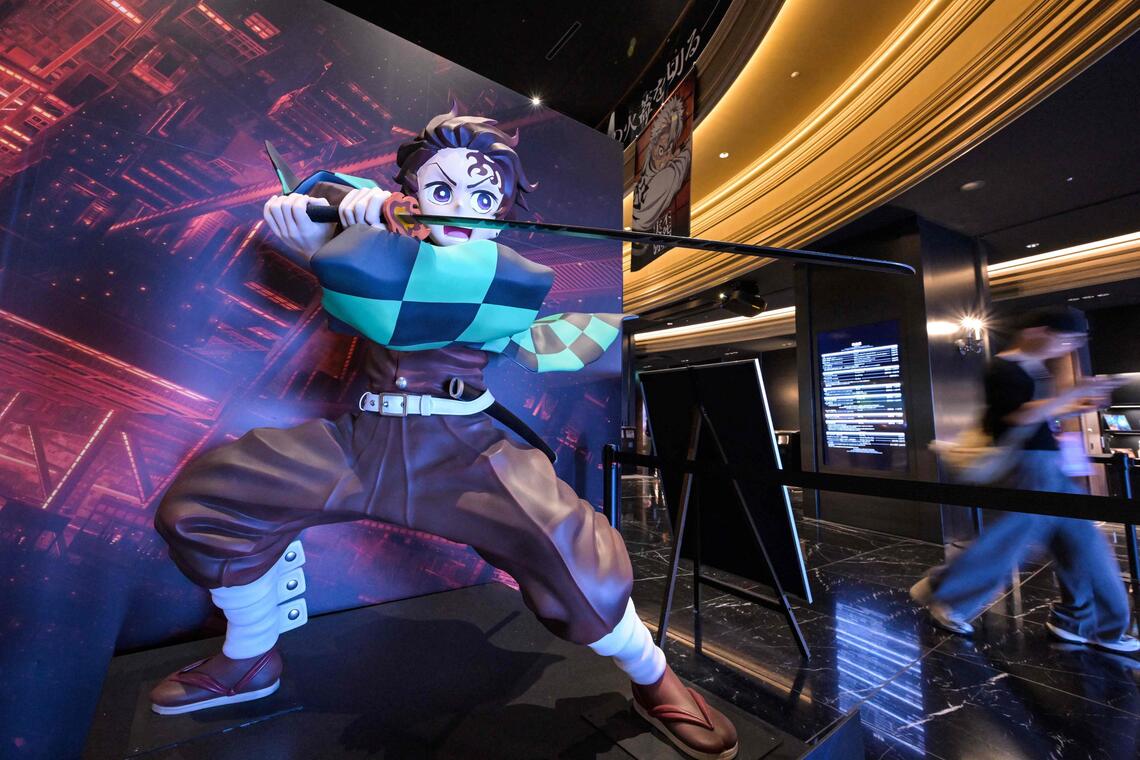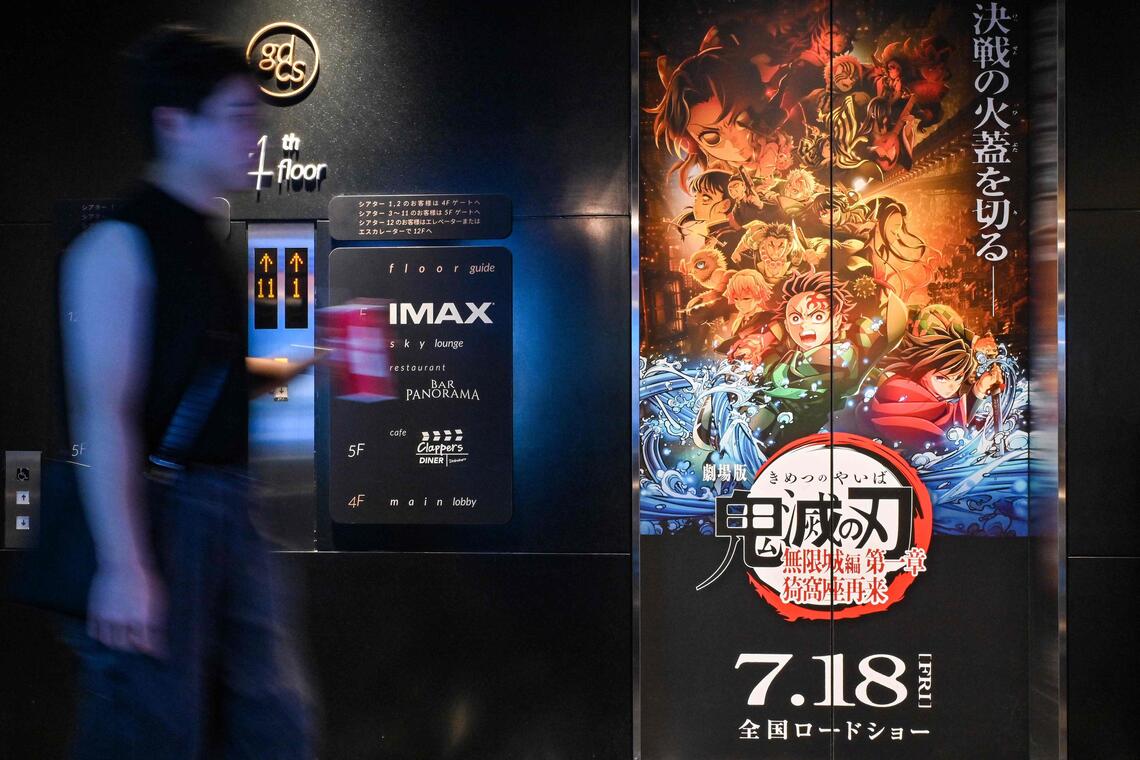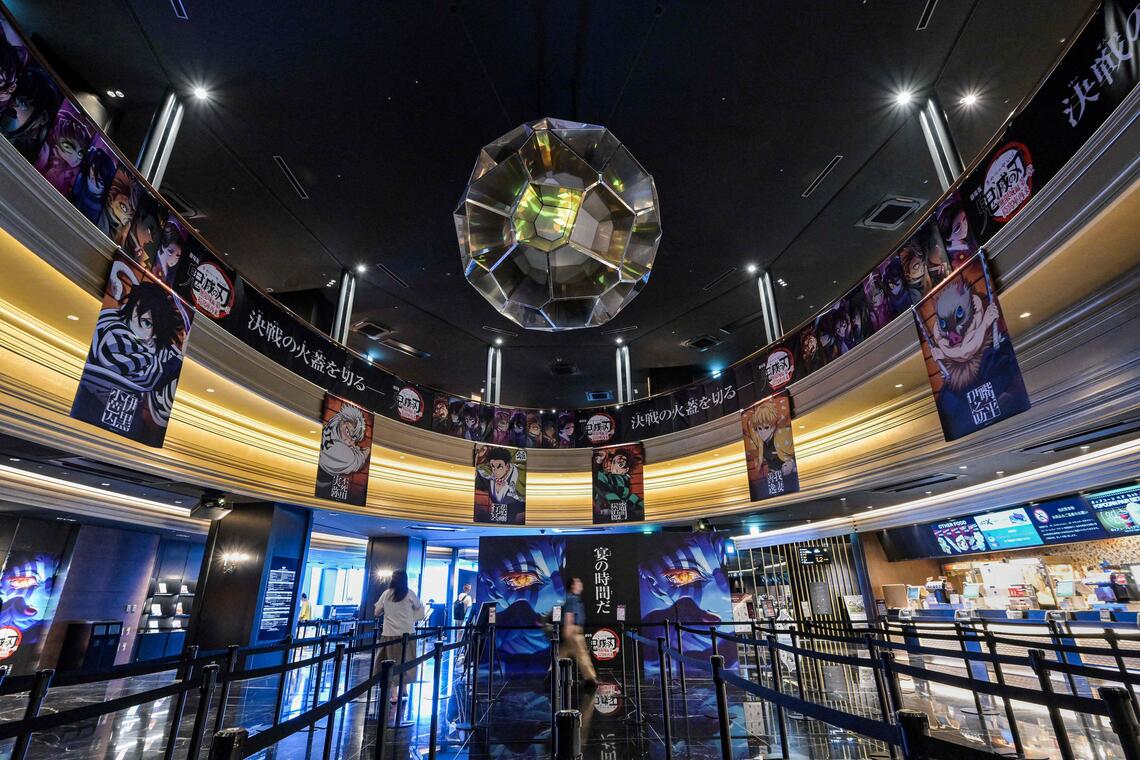TOKYO – The latest iteration of anime blockbuster Demon Slayer has become Japan’s second highest-grossing film, data showed on Sept 16, meaning the mega-franchise now dominates the top two spots in the country’s all-time box-office rankings.
Demon Slayer – the tale of adolescent swordsman Tanjiro Kamado and his comrades on a quest to kill human-devouring demons – is wildly popular both at home and abroad for its breathtaking animation and relatable themes such as friendship and family bonds.
Within 60 days of its release, Demon Slayer: Kimetsu No Yaiba – Infinity Castle hauled in 33 billion yen (S$287 million) in ticket sales domestically, distributors said.
This means it has now overtaken Studio Ghibli’s 2001 masterpiece Spirited Away – which grossed 31.6 billion yen – as the second-biggest box-office hit, according to movie sales tracker Kogyo Tsushinsha.
The feat came after the 155-minute Infinity Castle took first place in the North American box office over the weekend with a genre-record US$70 million (S$89 million) debut.
“We hope that the Demon Slayer fandom will expand more,” distributor Aniplex said.
With the latest milestone, the series now has only itself to outrank, after its first film in 2020, Demon Slayer: Kimetsu No Yaiba – Mugen Train, bagged a whopping 40.7 billion yen.
Infinity Castle – the first of a series-capping trilogy – is hyped everywhere in Japan, from giant train station advertisements to endless TV commercials to even rice paddy art starring Tanjiro.

A statue of swordsman Tanjiro Kamado on display at a cinema in Tokyo’s Ikebukuro district on Sept 9.
PHOTO: AFP
“I cry each time,” Ms Yuri Kamada, 22, told AFP at Grand Cinema Sunshine in Tokyo’s anime hub Ikebukuro after her third viewing of the film.
Not only humans but their enemies are also depicted so thoughtfully that “I can easily sympathise with demons too”, she said, describing “nothing but pride” in the movie as a Japanese citizen.
Originally penned by comic book artist Koyoharu Gotouge in 2016 and then animated by studio Ufotable in 2019, Demon Slayer is often lauded for setting a new standard for anime cinematography.
Dazzling visual effects permeate the latest movie featuring acrobatic, lightning-fast battles with demons at a kaleidoscopic castle with an infinite array of floors.
Demon Slayer’s relative accessibility also sets it apart from other manga juggernauts like One Piece (1997 to present), which spans over 100 volumes.

A lift at a cinema in Tokyo is decorated to promote Demon Slayer: Kimetsu No Yaiba – Infinity Castle.
PHOTO: AFP
“Unlike One Piece or Dragon Ball, it’s a rather short series of around 20 volumes, and I appreciate its simple, easy-to-understand plot,” Mr Reo Takagi, a 19-year-old Tokyo student, said after his second viewing.
Anime dominates in Japan, where only two of the 10 highest-grossing films are live-action – namely Titanic (1997) and the first of the Harry Potter series (2001 to 2011).
Partly buoyed by the indoor entertainment boom during the Covid-19 pandemic, anime’s popularity has exploded globally in recent years, with streaming giants like Netflix rushing to capitalise. AFP
MoviesAnimationBox officeCinemasJapan

